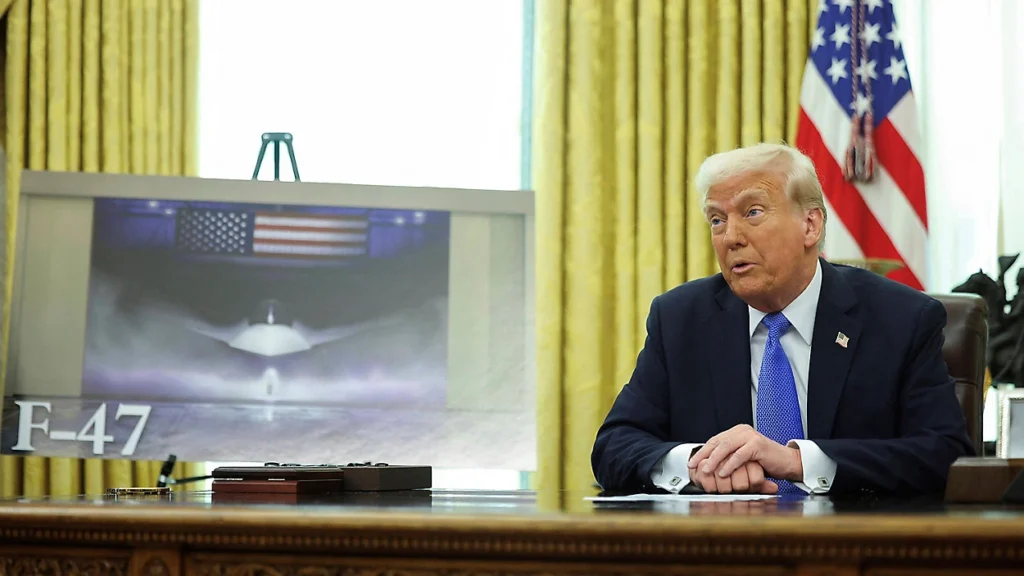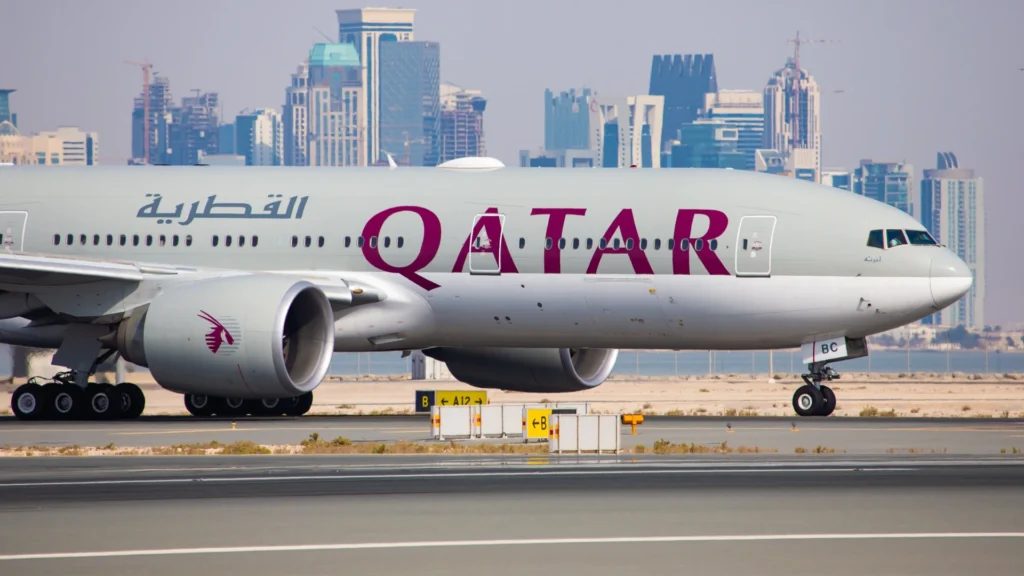
Вашингтон- Президент Дональд Трамп объявил о новом запрете на поездки, нацеленном на путешественников из 19 стран. Эта политика, вступающая в силу с 9 июня 2025 года, усиливает национальные ограничения на въезд, причем 12 стран сталкиваются с полными приостановками и 7 - с частичными визовыми ограничениями.
Этот шаг следует за исполнительным указом 14161, подписанным 20 января 2025 года, и основывается на более ранних запретах Трампа на поездки. Белый дом называет терроризм, проверку недостатков и риски национальной безопасности основными оправданиями.
 Trump_f-47
Trump_f-47Фото: AP
Трамп запретил въезд в 19 стран
Новая прокламация представляет собой один из самых широких запретов на въезд в новейшую иммиграционную историю США.
Из 19 пострадавших стран 12 в настоящее время полностью ограничены в въезде в Соединенные Штаты. К ним относятся:
- Афганистан
- Бирма
- Чад
- Республика Конго
- Экваториальная Гвинея
- Эритрея
- Гаити
- Иран
- Ливия
- Сомали
- Судан
- Йемен
Путешественникам из этих стран запрещено въезд в США из-за «недостаточного скрининга и протоколов проверки» и «очень высоких классификаций рисков», согласно Департаменту внутренней безопасности (DHS).
Например, в Афганистане зарегистрирована ставка просрочки визы B1/B2 в размере 9,70%, а ставка просрочки пребывания студента/посетителя обмена (F/M/J) в размере 29,30%.
Такие страны, как Чад и Экваториальная Гвинея, имеют еще более высокие показатели, что свидетельствует о системном несоблюдении визового законодательства США.
Семь других стран сталкиваются с частичными ограничениями по конкретным категориям виз (B-1, B-2, F, M и J). К ним относятся
- Бурунди
- Куба
- Лаос
- Сьерра-Леоне
- Того
- Туркменистан
- Венесуэла
Считается, что эти государства представляют «высокий уровень риска» из-за чрезмерной задержки, плохой надежности документов или ограниченного сотрудничества по вопросам депортации.
 Источник: Clément Alloing
Источник: Clément AlloingОбоснование национальной безопасности
Согласно OMAAT, Белый дом оправдал запрет, ссылаясь на выводы из отчета DHS Entry/Exit Overstay Report и подчеркивая необходимость более сильной практики проверки.
Например, в Бирме был превышен уровень просрочки визы F/M/J на 42,17%, и она не смогла принять депортированных граждан.
Эритрея и Сомали, как сообщается, не предоставляют правоохранительные данные властям США или не принимают обратно своих граждан, вывезенных с территории США.
Эта политика основана на запрете Трампа на поездки в 2017 году, который ограничил въезд из нескольких стран с мусульманским большинством.
Однако нынешний список выходит за рамки религиозной демографии и включает более широкие показатели безопасности.
В то время как многие страны в новом списке составляют мусульманское большинство или имеют неустойчивое управление, администрация утверждает, что критерии отбора основаны на оценках национальной безопасности, а не на этнической принадлежности или религии.
Примечательно, что недавний запрет был объявлен вскоре после внутреннего теракта, связанного с гражданином Египта, хотя Египет не включен в список, что вызывает вопросы о последовательности в применении.
Читайте также: 10 самых безопасных стран мира в 2025 году
 Фото: Посольство США в Индии
Фото: Посольство США в ИндииЮридическое обоснование
Новый указ распространяется не на всех путешественников. Исключениями являются законные постоянные жители (держатели грин-карт), лица, имеющие действительные визы до 9 июня, и лица, которые, как считается, служат национальным интересам США.
Категории виз, которые явно не охватываются (например, визы H1-B или иммиграционные визы), также могут оставаться незатронутыми в отдельных случаях.
Администрация ссылается на раздел 212 (f) Закона об иммиграции и гражданстве в качестве своей правовой основы, авторитет, поддерживаемый Верховным судом США по делу «Трамп против Гавайев».
Белый дом заявляет, что приостановление въезда «необходимо для принуждения к сотрудничеству» со стороны иностранных правительств и защиты граждан США от неадекватно проверенных участников.
 Фото: Qatar Airways
Фото: Qatar AirwaysГлобальная реакция
В то время как на пострадавшие страны приходится сотни миллионов населения, в настоящее время в Соединенные Штаты приезжает относительно мало граждан из этих стран.
Тем не менее, эта политика может повлиять на студентов-заявителей, посетителей семьи и просителей убежища и может спровоцировать дипломатические трения со странами, которые рассматривают эту меру как дискриминационную или политически мотивированную.
Запрет может также повлиять на глобальные воздушные перевозки через ключевые международные шлюзы.
Авиакомпании, такие как Emirates (EK), Qatar Airways (QR) и Turkish Airlines (TK), которые направляют многих пассажиров из ограниченных регионов через Доху, Дубай и Стамбул, соответственно, могут увидеть снижение спроса в США из этих коридоров.
Оставайтесь с нами. Следуйте за нами в социальных сетях для последних обновлений.
Присоединяйтесь к нам в Telegram Group для последних обновлений авиации. Следуйте за нами в Google News
Delta избегает 10% тарифов Трампа на новые самолеты Airbus
Трамп запретил въезд в США 19 странам в 2025 году, впервые появившись на Aviation A2Z.












